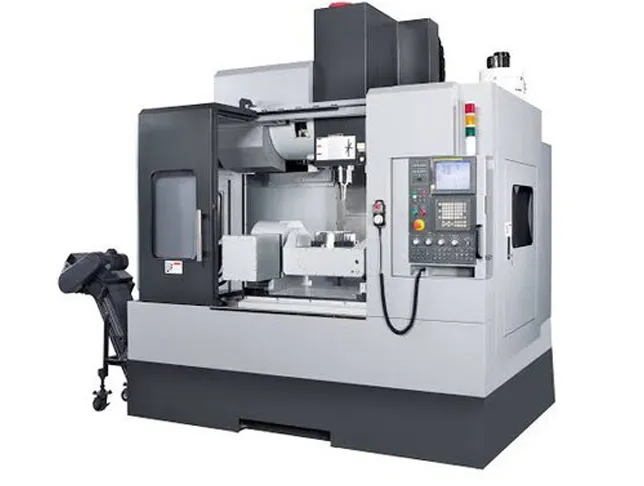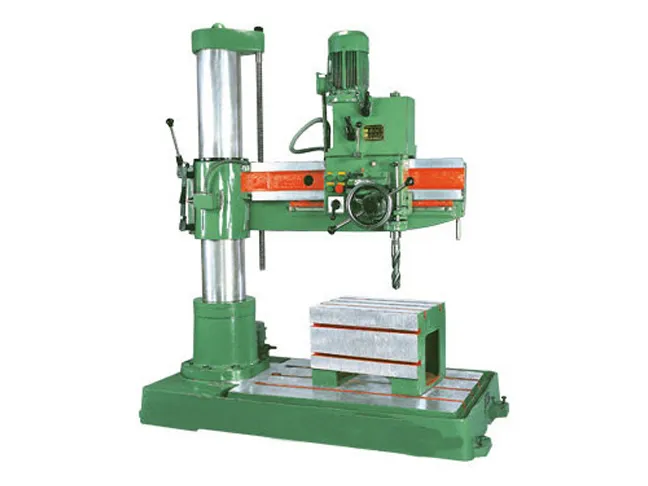1. VMC

Cutting, drilling, tapping, countersinking, chamfering, carving, and engraving are just a few of the machining tasks that a VMC machine can be used for. They are a very common tool in machine shops because of their flexibility and inexpensive price. Aluminum, steel, and other heavy metals are often removed using VMC machines, which are cutting devices. In addition to cutting, VMCs can be used to drill, carve, engrave, or chamfer the basic raw material.
2. CNC

CNC machining is frequently the final stage in metal manufacture, and in some cases, the sole process involved. When compared to other metalworking processes, CNC machining can satisfy the tightest tolerances and produce the most exacting, precise products time after time. While early NC systems were groundbreaking in their own right, there was still opportunity for development. To begin with, machine tools had to be programmed through a time-consuming procedure, and mistakes were prevalent. Many CNC machine businesses nowadays employ Distributed Numerical Operation (DNC), which allows a programmer to control many CNC machines from a single computer. Many CNC interfaces are based on user-friendly software and need far less training to use than their predecessors.
3. Drill

Drilling is the process of creating a circular hole by removing a significant amount of metal from the work with a drill. Drills are rotary end-cutting tools that typically have one or more flutes for chip and cutting fluid flow as well as one or more cutting lips. A machine tool created specifically for drilling holes in metal is a drilling machine. In a workshop, it is one of the most crucial and useful machine tools. Numerous additional operations, including counter-boring, countersinking, honing, reaming, lapping, sanding, etc., can be carried out on the drilling machine in addition to drilling round holes.
4. Lathe

Lathes are crucial to production in the discipline of mechanical engineering. One of the most significant machine tools in the metalworking industry is the lathe, which is discussed in this article. A spinning work piece and a fixed cutting tool are its basic operating principles. The workpiece is fed into the cutting tool, which causes it to revolve around its own axis and take on the desired shape.A lathe machine's primary purpose is to remove extra material from a workpiece in the form of chips by rotating the object being cut against a fixed cutting tool. In order to do this, the piece must be held firmly and rigidly on the machine before being turned against the cutting tool to remove the metal. The tool must be tougher than the material of the work piece, tightly held on the machine, and fed or advanced in a certain manner in relation to the work in order to cut the material effectively.
